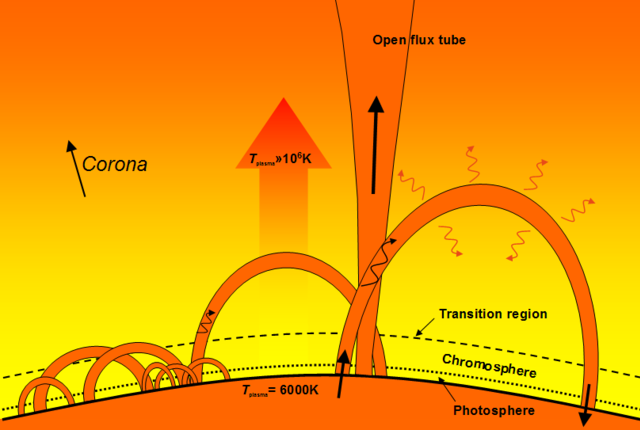I published this post on Science 2.0 first, but I discontinued contributing there, and asked to have all traces of my presence removed from that site. Now the content is still there, with Anonymous listed as the author! I hereby re-publish MY original content here (edited slightly).
I was relaxing out back, watching fireflies flash, when a buddy, dad to boy and girl 11 year old twins, called to catch up with news and relate a funny (still unfinished) story.
Growing crankier by the weekend with trespassers holding court on the porch steps and sneaking around bushes on the property (to pee or worse) after bar-closing-time, he and the kids opted to make fun of this annoyance and concocted a silly yet safe deterrence plan.
In Mom's large mixing bowls, they stirred hefty batches of harmless, variously food-colored cornstarch and water gunk. Then, on Friday night, they placed several of these irregular, unattractive gobs strategically, blocking the places mid-night revelers are most likely to loiter, pouring a cup or two of extra water around each for continued moistness.
Then, they retreated to watch this custom reality show they had staged.
Success! Folks looked, did double-takes, signaled revulsion and wandered on, making sure to avoid stepping over, let alone settling near, these irregular, shiny, blobs of not immediately identifiable, easy to guess the worst about, yucky-looking stuff.
Photo Credit: Chicago Blob Monster by Ryemang on Flickr
No one examined the ugly blobs of unknown origin more closely, no matter what color the gunk. I told him to shoot videos of the performances if they ever repeat the prank.
The gunk washes away easily in the morning. It looks liquidy, but doesn't splash if you slap it and freezes solid when you grab it.
Anyway, with a childlike attitude, I'm heading back out into this warm, humid night to sit with my bug-hunting Tortoise Cat colleague and appreciate more bioluminescent firefly antics. Like the cat, I prefer fireflies to fireworks, any night.










